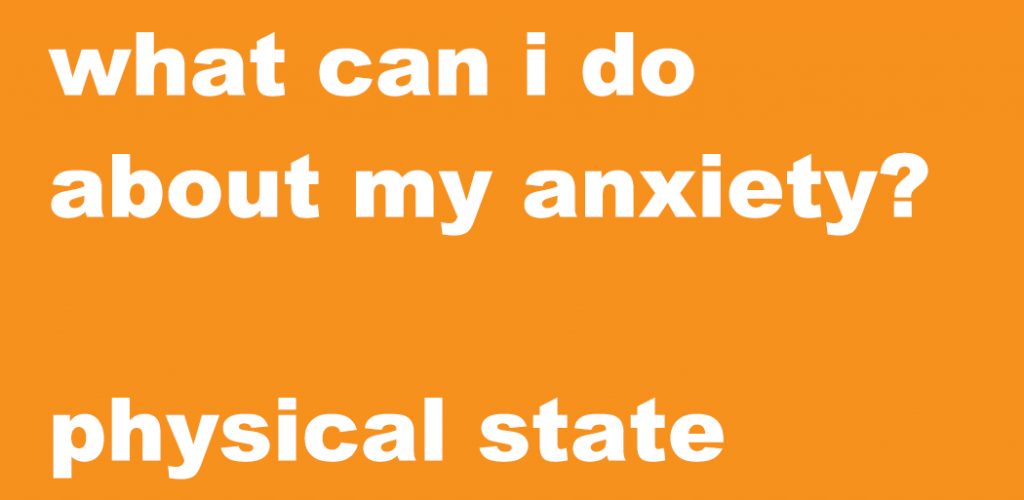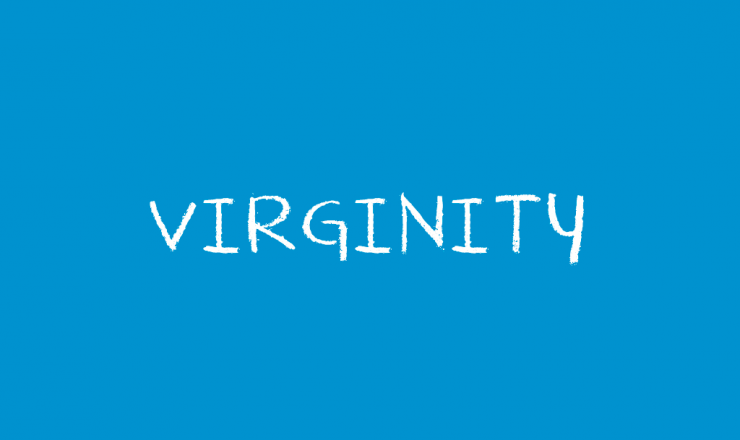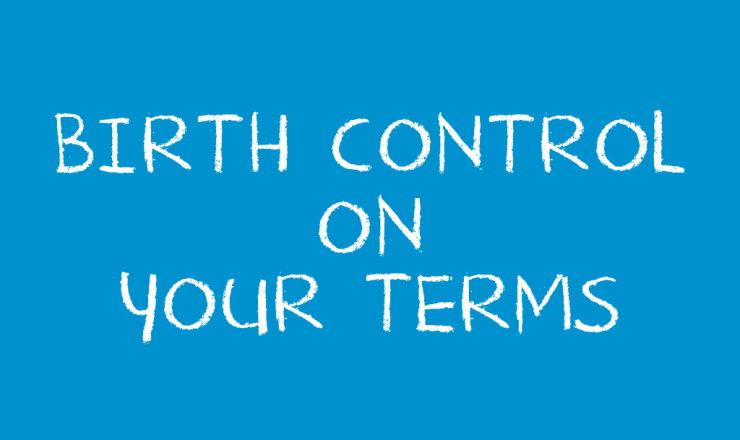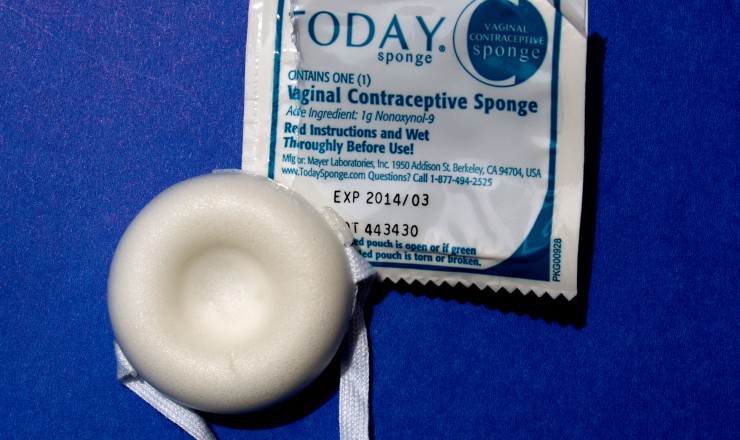What can I do about my anxiety? – Physical State
Your emotions, physical body, thoughts and behaviours are all linked. What happens in one area usually impacts what is happening in another area. For example, if you are feeling overwhelmed by your school workload (emotion) you may become tense and jittery (physical state); you may think an anxious thought like “I am going to fail my class” (thought); and you may stay up all night studying (behaviour). This could create a cycle that causes more anxious emotions, thoughts, physical states and behaviours.
However, you can also use these links to decrease the overall impact of anxiety. For example, when you are feeling overwhelmed (emotion), you can practice deep breathing to lower your heart rate (physical state), which could allow you to think more clearly.
When it feels possible, you can practice managing and coping with your behaviours, emotions, thoughts and physical states to encourage more calmness. The more you practice, the easier it gets to cope and manage. Remember that you are not defined by your anxiety, or by your thoughts, feelings, behaviours, or physical states.
The following pages show some things you can do to cope with anxiety.
Physical State
Breathing techniques
Anxiety might make your breathing get faster, shallower, or even stop at times. This causes your body to activate the fight, flight or freeze response, which then increases anxiety symptoms.
When you breathe slowly and deeply, you create a more balanced level of oxygen in your blood which can decrease the symptoms of anxiety. It is good to notice whether your breathing changes when you are anxious.
Try to practice the following breathing techniques in a comfortable, quiet place on a regular basis for at least five minutes. This way, when you are in other situations and places, you can use these breathing techniques more easily. Some people find that trying to control their breathing actually increases the symptoms of their anxiety. If this is the case for you, then try another anxiety-calming technique.
For each of these breathing techniques, repeat 5-10 times, or until you feel more relaxed. Make sure to exhale fully.
Deep belly breaths
- When breathing fully into your lungs, it pushes your diaphragm down and your stomach out. When you breathe out, your diaphragm pulls back up and your stomach pulls inward.
- You can visualize this process by imagining your breathing as a balloon – when you breathe in, the balloon inflates, and when you breathe out, imagine it deflating.
- Place your hands on your stomach. Take deep breaths so that your hands can feel your stomach move inwards and outwards as you breathe in and out. This can be done sitting up or lying down.
- You can remind yourself to relax while you breathe. When you inhale, say “re-” in your head, and when you exhale, say “-lax”.
- You can also visualize a calm, relaxing place while you breathe.
4 – 7 – 8 breath
- Inhale for 4 counts (count 1-2-3-4 in your head while inhaling).
- Hold your breath for 7 counts.
- Exhale for 8 counts.
Lengthening your breath
- Inhale for 1 count and exhale for 1 count
- Inhale for 2 counts, exhale for 2 counts
- Keep going anywhere up to a count of 10.
Alternate nostril breathing
- Use your thumb and another finger (on the same hand) to alternately block one nostril at a time.
- Cover your right nostril and inhale using the left nostril only
- Switch nostrils. Cover your left nostril while you exhale through the right nostril.
- Keep the hand placement and inhale through the right nostril.
- Switch nostrils, and exhale through the left nostril.
Progressive Muscle Relaxation
Feeling anxious can cause you to tense your muscles. Relaxing your muscles helps decrease anxiety symptoms and calms your body. Practicing tensing your body in a safe environment can help you become more aware of when your muscles start to get tense. When you practice how to relax in a safe environment, it becomes easier to relax when you are in a stressful situation.
None of these movements should feel painful in any way. You can do as much or as little of this exercise as makes sense for you, skipping areas of the body as needed.
Find a comfortable, quiet place to lie down. It might also help to take a few deep, slow breaths.
Lower body
- Curl your toes downward in a squeezing motion. Count to 5 in your head while squeezing. (Count 1-2-3-4-5 while squeezing your toes).
- Relax your feet and toes and take 3-5 full breaths, noticing how it feels to be relaxed in your feet.
- Flex your feet towards you, so you feel your heel pushing away and your calf stretching. Squeeze all the muscles in your thighs so you feel them tighten. Count to 5 in your head while squeezing.
- Release the tension and relax through your feet and legs, take 3-5 breaths and notice how it feels to be relaxed in your lower body.
Hands and arms
- Squeeze your hands into fists. Count to 5.
- Relax your hands and take 3-5 full breaths. Notice how it feels to be relaxed in your hands.
- Squeeze your hands into fists and also squeeze through your forearms and upper arms. Count to 5.
- Relax through the hands and arms, and take 3-5 full breaths. Notice how it feels to be relaxed in your arms.
Upper body
- Squeeze in and engage your stomach like you are an immovable mountain. Count to 5.
- Relax your stomach and take 3-5 full breaths, noticing how it feels to be relaxed in your stomach.
- Expand your chest by taking a full breath in and hold for 5 counts..
- Breathe out and relax your chest. Take 3-5 full breaths. Notice how it feels to be relaxed in your chest.
- Shrug your shoulders up to your ears and squeeze. Count to 5.
- Let your shoulders relax and drop down away from your ears. Take 3-5 full breaths. Notice how it feels to be relaxed in your upper body.
Head and face
- Scrunch all the muscles in your face towards your nose. Squeeze your eyes shut, draw your eyebrows down, squeeze your mouth shut. Count to 5.
- Relax all the muscles in your face. Remember to relax your eyebrows, and create a little space between your upper and lower teeth to relax your mouth and jaw. Take 3-5 full breaths. Notice how it feels to be relaxed in your face.
| Note on Techniques |
| These are just a few techniques that you can try out on your own. Just because one technique works for you, doesn’t mean that all of them will. Take what works for you, and leave the rest. |
This series contains things you can do that might help you to cope with and manage anxiety. Other pages in this series include:
- What is anxiety?
- What can I do about my anxiety? – Thoughts
- What can I do about my anxiety? – Behaviour
- Resources for managing anxiety
If you have questions about this topic, feel free to contact one of our peer educators. [Link]
Last Edited: March 2020








